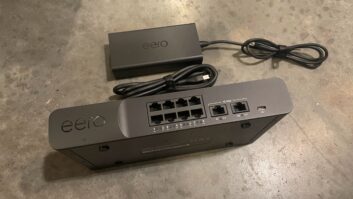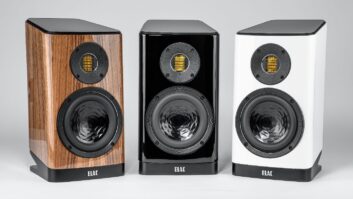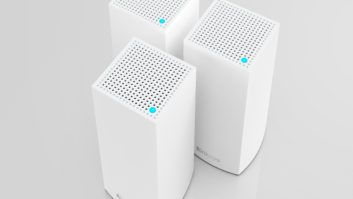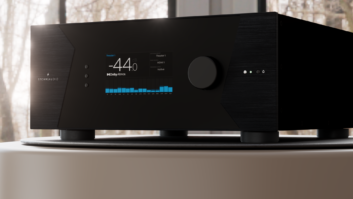It is important to accept that not all fiber is the same, just like not all twisted pairs are the same.
Fiber cables are always recommended over copper, due to the fact they stand the test of time. Fiber is typically what is used for new infrastructure nowadays, but there are some instances where I would personally choose Cat-6/Cat-6a over it.
Category 6. I recommend the Cat-6 cable in the following situations:
oBudget projects – if you’re still using Cat-5e, stop that now.
oVery low bandwidth requirements, like small cafes, retail stores, etc. With nothing heavy on the network (camera systems with DVR or NVR, voice over IP phones, etc.) as these will only consume more and more bandwidth as time and content goes on.
oWhere the expected life of the interior and office space is less than five years
I would most likely use the Cat-6 for the last leg of connectivity to the desk/wall outlet (since this can be easily swapped out later), but would also recommend one from the switch to the device if the length is within 100 meters (also usually easy to upgrade or replace at a later date/time).
Category 6A. I would choose Cat-6A cables for the entire run when fiber is not a viable option due to pricing (or lack of knowledge in terminating fiber, etc.). At the very least (if the pricing allows for it), I would use Cat-6a cables for the final leg of the run over Cat-6 to keep my network future-proof. Cat-6a cables offer the following benefits:
oThe ability to run speeds of 10 Gbps later on.
oLess susceptible to noise, interference and crosstalk (undesired signal transfers) compared to Cat-6 cables.
oCat-6a would be my choice for the last mile haul in any industrial or factory environment if fiber is not an option due to price constraints.
For the customers with more budget flexibility, I recommend fiber cables. Fiber-optic cables aren’t just for long runs—even short length fiber cables offer the benefit of interference.
Here are your two fiber options:
1. Single Mode Fiber. This would be my cable of choice for any kind of backbone cabling. It has stood the test of time and I don’t think it’ll go obsolete anytime soon.
2. Multi-Mode Fiber. I would use it in between my racks.
I would use a combination of SMF and MMF across the entire network, even to the desk or wall outlet. Fiber-only networks save up a lot of space and energy costs (even the costs of ducting and pathways needed for an all-fiber network will be cheaper than an equivalent copper-based solution). Fiber-only networks also provide a lot of management flexibility by drastically reducing the number of telecommunication rooms in a large facility. What’s more, these networks will be future-proof to a large extent. If you would like to see a large-scale comparison, click HERE to learn more about the benefits of swapping out copper for fiber.








